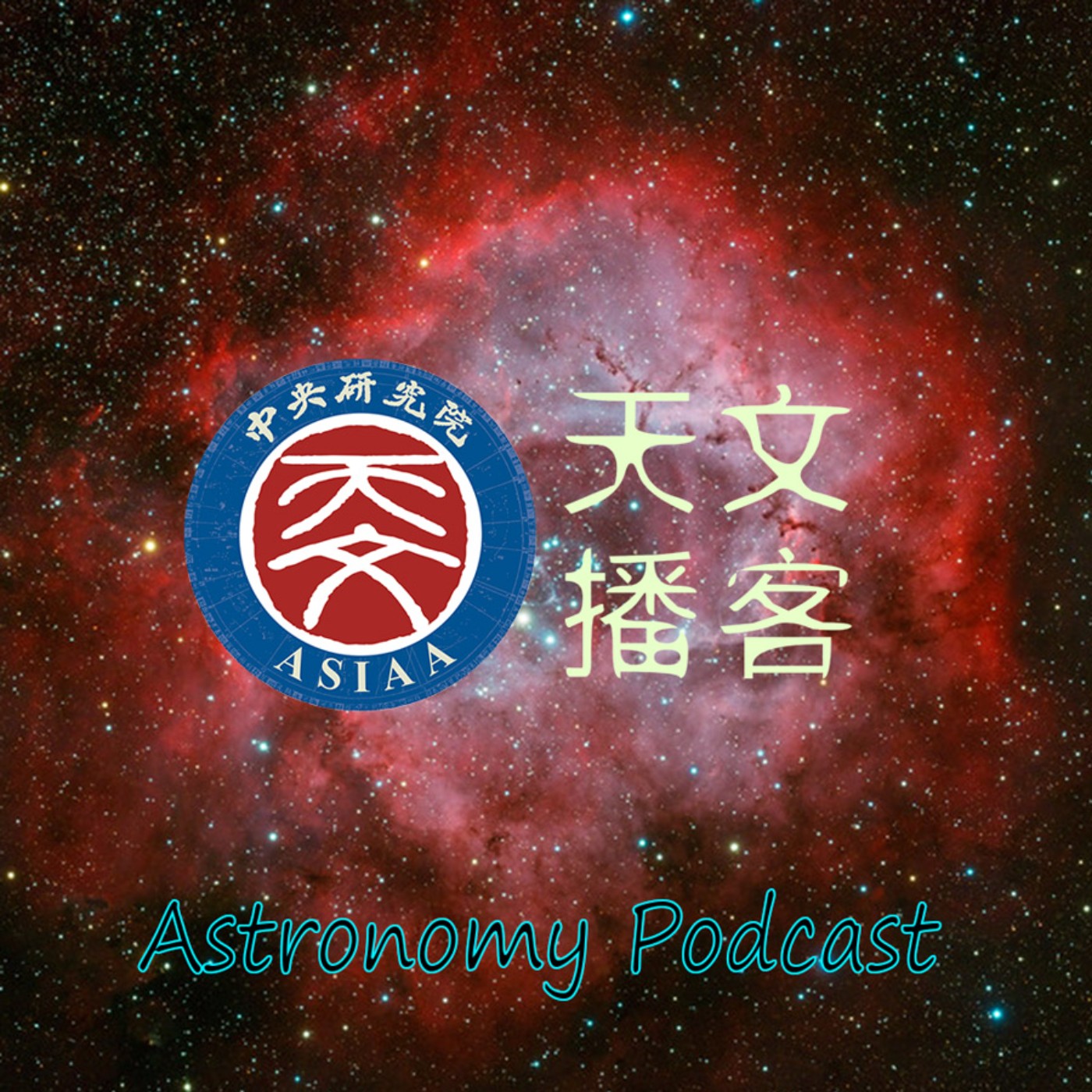要直擊太陽系外的行星就那麼困難嘛?Imaging planets around another star
Description
"地球並不孤單,地球/太陽也不只我們這一組。"這情境,現代人都一清二楚,並不稀奇,但哲學家伊比鳩魯和鄧牧,早分別在西元前3百年和中國的元代都已想到過了,那可算是真厲害。至於,製作出一台望遠鏡來放眼向太空瞭望看看,那就比較更近代一點,已經是第17世紀的事了。
中研院天文所的 Dr. Gilles Otten 幫大家整理這段太陽系外行星從哲學走到科學之路。並解說為什麼非要用望遠鏡直接地看到單一行星不可,理由何在?到底有多難呢?目前為止有哪些技術困難已克服?最大的光學望遠鏡現在蓋到哪兒了?何時能啟用?聽說臺灣也有幫忙貢獻,是嗎?
本集內容為英語。
In this episode, Dr. Otten very briefly summarized how people thought about the issue of "planets around other stars" since millenniums ago.
Also, he will tell us, who firstly coined the word "exoplanet"? Is it easy or hard to discover exoplanets?
What are the challenges needed to be solved in order to photograph exoplanets?
What technical terms like Diffraction limit, Adaptive Optics and Coronagraph actually mean?
What are the current status of the biggest telescopes? Does Taiwan play a role?
Transcribe:
Welcome to Astronomy Podcast produced by Academia Sinica Institute of Astronomy and Astrophysics, or A-S-I-A-A, "ASIA A", a shorten name. Today’s show host: Lauren Huang. We are having Dr. Gilles Otten with us. Gilles is working for ASIAA, in Taiwan, helps building one of the world’s biggest telescope, and today he will tell us about Direct imaging exoplanet around another star. Hi, Gilles, thank you for coming in the middle of a pandemic.
Thank you.
Well, let's start the show! First question, since a long time ago people have thought about planets around other stars. Indeed a long, interesting history about discovering. Important questions we asked and always still want to ask. Gilles, how about… a summarization?
Sure. So there are a lot of written examples of philosophers who have wondered about the existence of planets around other stars. So, for instance, in the third century BC there was a Greek philosopher named Epicurus (伊比鳩魯)who thought there would be an unlimited amount of worlds and even in the 13th century there were philosophers such as the Chinese philosopher Deng Mu (鄧牧) who said it would be unreasonable to assume that there are no other worlds beyond our own. So this is uh…, it sounds almost like science fiction if you look back at it. And some of these philosophers even speculated about life on other planets. But now in the present day with the modern science we can of course form more structured questions than they ever could, like: is the role, the position of our earth unique or eventually we can probably answer this ultimate question whether there's life on other planets using scientific methods, which of course these philosophers never had.
Right, when did modern astronomers start responding to all of these questions and, what did they do?
So only after the first telescopes were invented in the early 17th century things really started to become more scientific. So just -I think- a few years or maybe even in the year after they invented the telescope Galileo Galilei discovered the first moons orbiting Jupiter and seeing this miniature solar system almost orbiting as if it was a tiny solar system like our own. It kind of validated the earlier philosophical comments. So yeah when you realize the earth and its moon are not really in a unique situation, you can really believe that all stars could have planets on their own and of course it didn't stop people from philosophizing, even scientists they can philosophize, but through the invention of this first telescope the first steps were made to this modern astronomy and the ev
More Episodes
Published 04/21/22
這裡沒有張惠妹的歌「站在高崗上」提到的綠波海茫茫,在這裡只有黃土茫茫,而且缺氧。
由天文所主導之為阿塔卡瑪大型毫米及次毫米波陣列(簡稱”ALMA”)研發的「第一頻段接收機」於2016年被採用,並已於2021年開始接受訊號,聽聽科學家如何努力的刻服惡劣環境,堅持至今。努力工作時,又看到了哪些有趣的動物呢?且聽分曉。
背景音樂由 audionautix.com 提供
Published 04/21/22
數月之後,隨著一座最新太空望遠鏡的發射升空,由天文學家精心設計的觀測計畫也將在離地球150萬公里的太空中開始付諸實踐,到底會發現什麼?仰望星空,令人引頸期待。其中的一份觀測計畫,是來自臺灣中研院天文所博士後研究 Dr. Sascha Zeegers(諸葛沙夏)團隊的提案。
本集節目中,沙夏要告訴我們,她為什麼醉心投入宇宙塵埃這個研究主題、她的期待與展望;不可少的,也聊一下這個大家已經等了20年的韋伯太空望遠鏡,可以用來做什麼。
本集內容為英語。
背景音樂由 audionautix.com 提供
Transcription:
Welcome to the Astronomy...
Published 07/16/21


